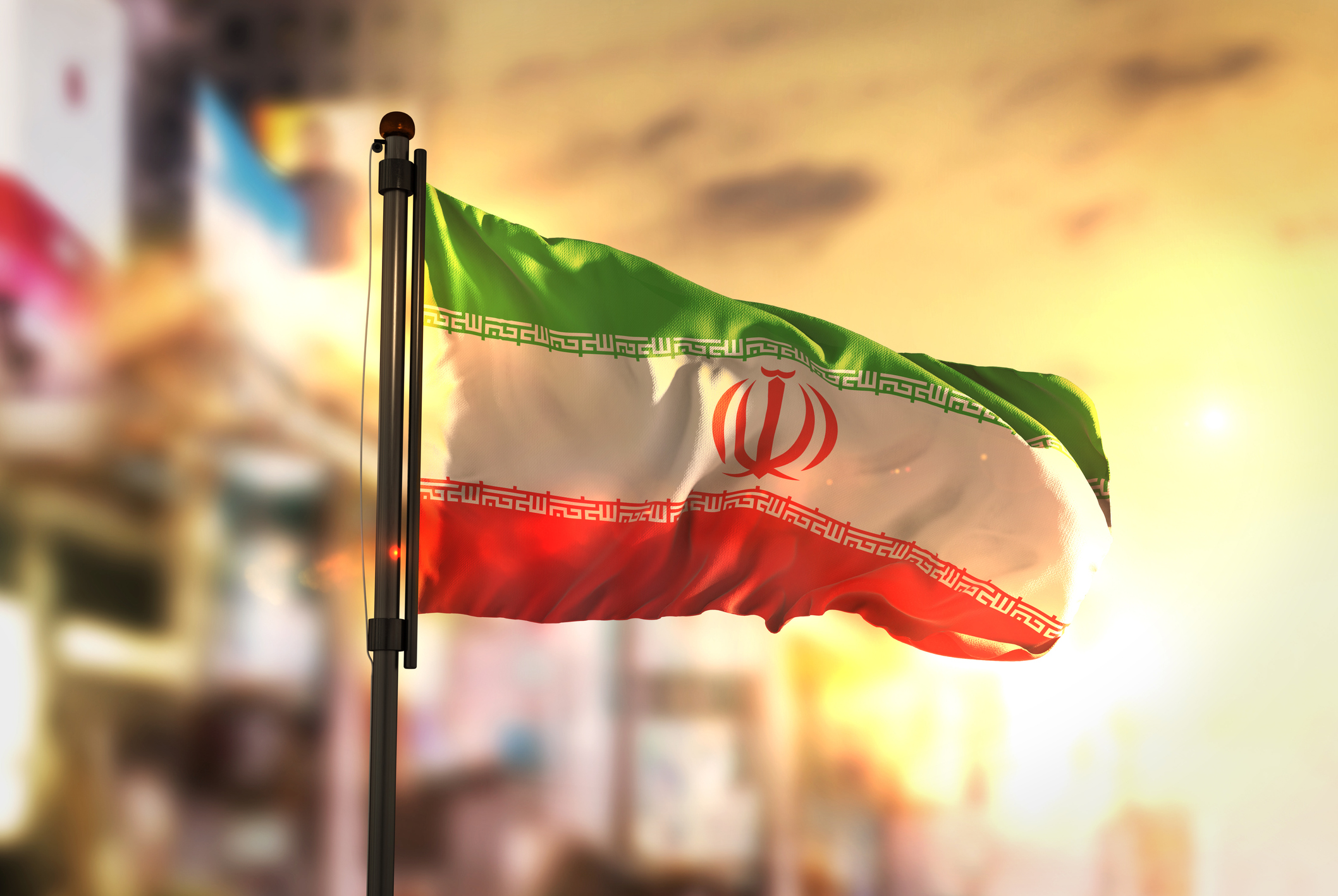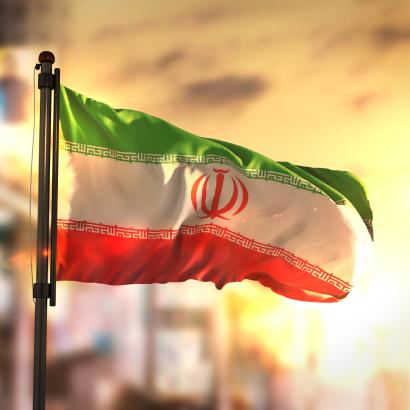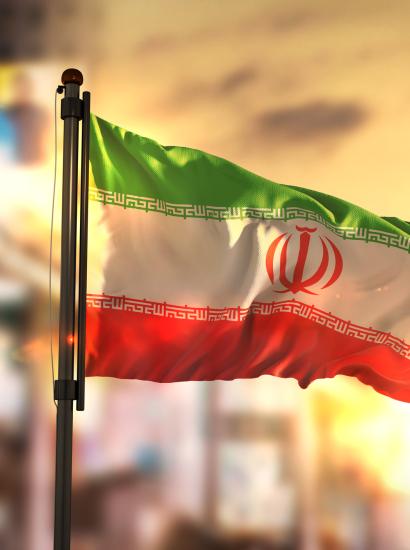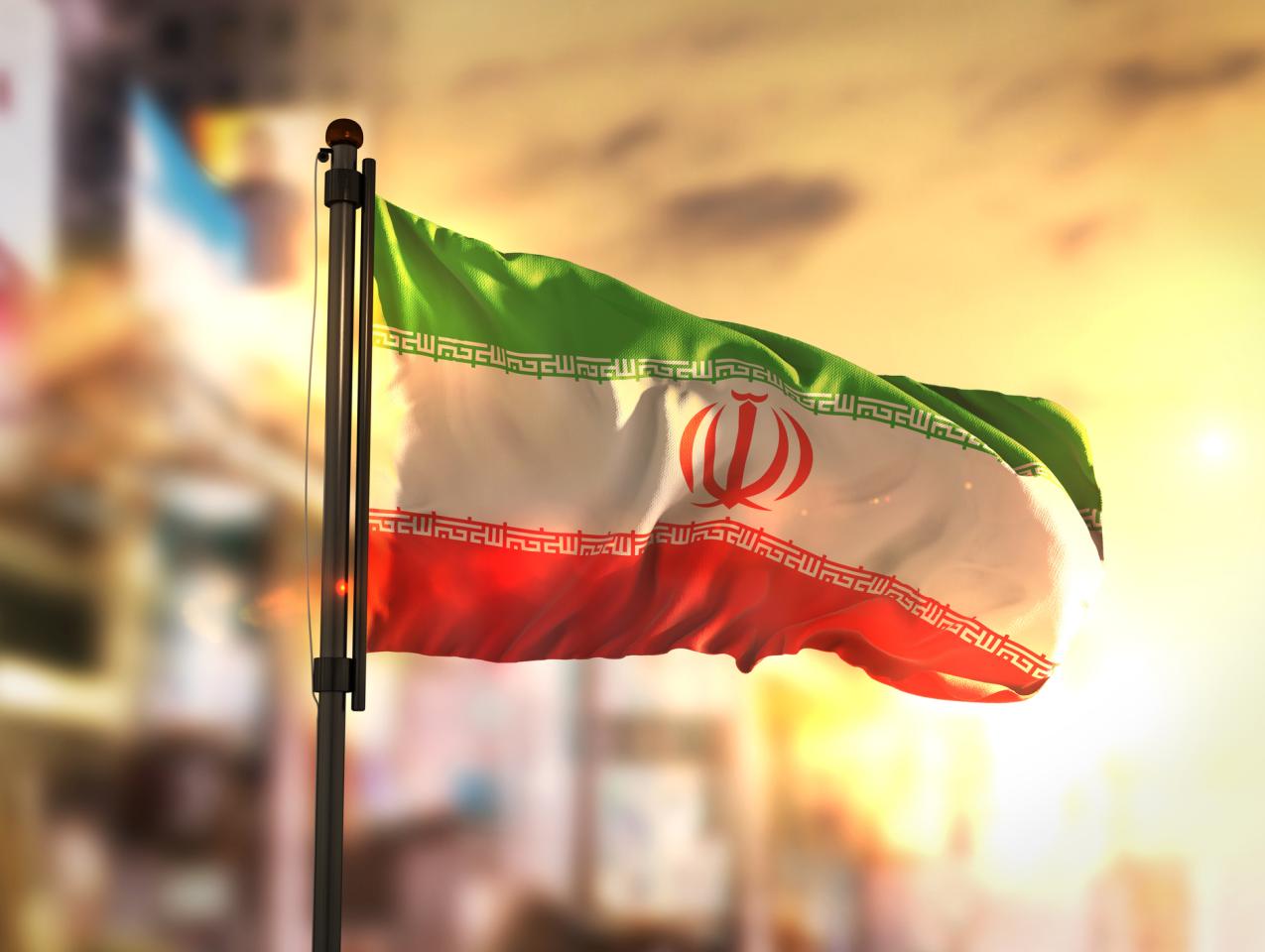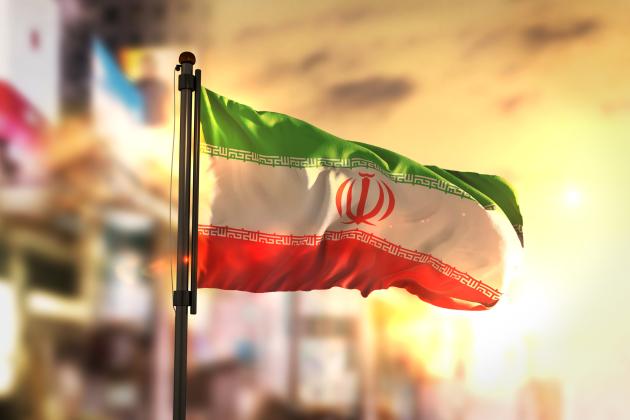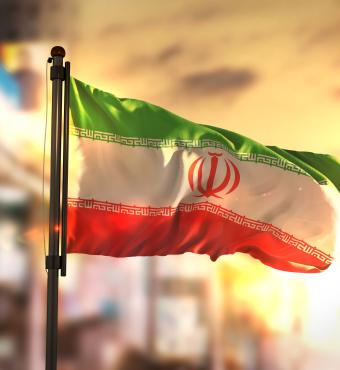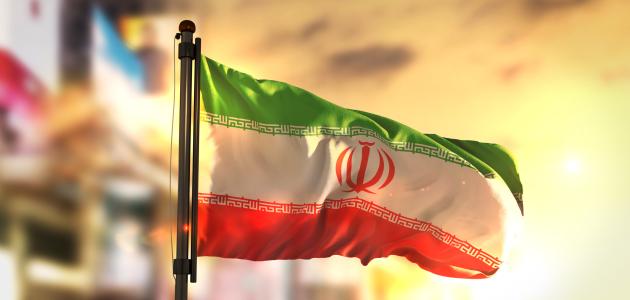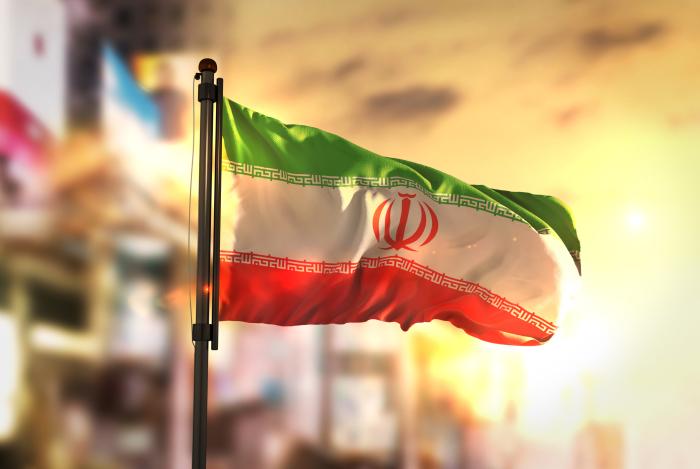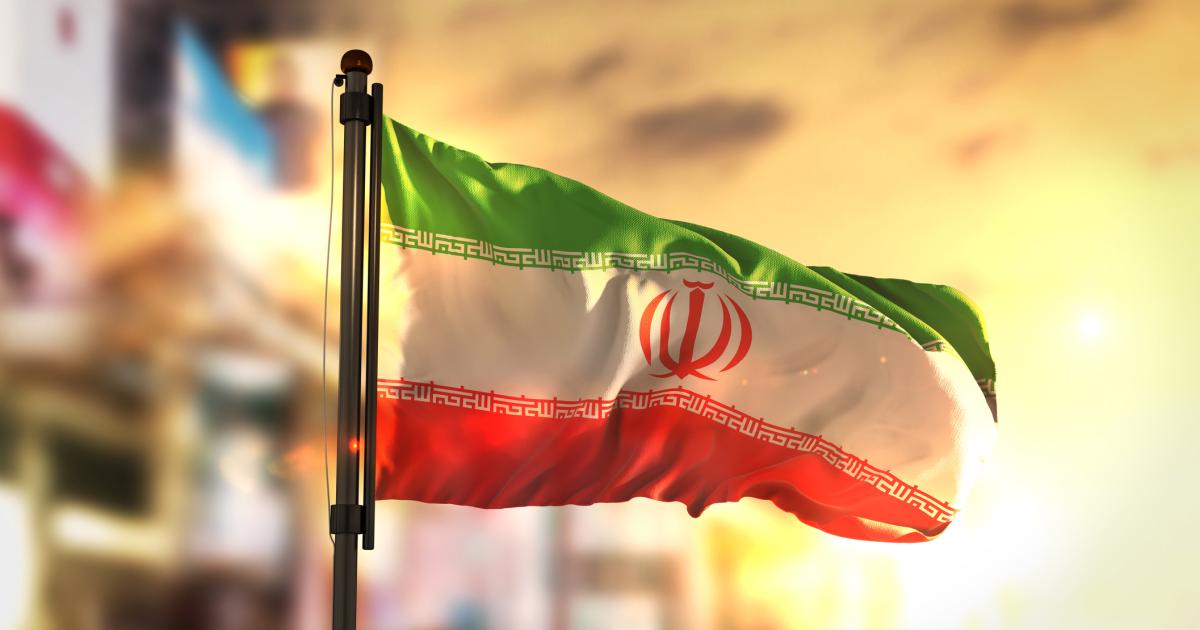In late September, an online publication named Semafor and the London-based, opposition-focused Iran International simultaneously released two separate but jointly-conducted investigative reports. The stories, based on a trove of internal Iranian regime correspondences – how the outlets came to possess these documents remains unclear – alleged that Iran’s Foreign Ministry had for years cultivated a network of “influential overseas academics and researchers” called the “Iran Experts Initiative” (I.E.I.) as a way of advancing Iranian interests in the West.
That a foreign government would foster relationships with experts to influence their analysis is no surprise. And, as noted by New York Times Columnist Bret Stephens, the leaked documents provide no “smoking-gun evidence of some sort of treasonous Iranian spy ring.” Yet the reports were very noteworthy because they revealed the extent to which the experts saw their role as pleasing Iranian officials and advancing Iranian regime talking points, and how central I.E.I. members had been in America’s Iran policy.
The reports showed, for example, that members of the I.E.I. had sought guidance from Iranian officials on which conferences and workshops they should attend (Saudi Arabia was deemed acceptable, but Israel was not). They offered to ghostwrite op-eds for Iran’s Foreign Affairs Ministry. Contrary to standard practice, they sent their own op-eds to Iran’s then-Foreign Minister for review and comment prior to publication. In one correspondence with Iran’s Foreign Minister, an I.E.I. member noted that he had assisted the Iranian team “as an Iranian, based on [his] national and patriotic duty.”
These were not the words and actions of obscure people. Shortly after the election of Joe Biden, one I.E.I. member joined Robert Malley, the President’s Iran Envoy (currently suspended and under FBI investigation) as part of the nuclear deal negotiation team. Another had been very close to Malley, met regularly with nuclear negotiators, and now serves as Senior Adviser to the President and Iran Project Director at the International Crisis Group. Others, too, hold positions of great influence on the Iran file. (The International Crisis Group and other organizations with which the I.E.I. members are affiliated have all rejected the allegations in the stories.) This news struck many who follow Iran casually as shocking. But for people like me, the story was confirmation of something we had been documenting and speaking out about for many years.
***
Through social media and public presentations, I have spent many years tracking and sounding the alarm on a loose network in think tanks, academia, NGOs and media whose function I believe to be the advancement of the viewpoints and interests of the Iranian regime in the West.
As a shorthand for this web of people and organizations, I have relied on the (admittedly imprecise) phrase “the Iran Lobby”.
I think of the Iran Lobby as concentric circles. At the core are a small number of figures who we can assume, with some evidence, receive payment from Iran’s regime for their work. This group of paid agents is linked in subtle ways to the rest of the Iran Lobby but otherwise peripheral to it.
The next, larger circles are people and organizations who explicitly believe their role to be the shifting of Western policy towards normalization with Iran in a manner that requires maximum concessions by the West and minimal ones by Iran’s regime. For example, during the Woman, Life Freedom uprising in Iran this past year, regime critics in the U.S. decried the National Iranian American Council (NIAC) for allegedly collaborating with Tehran. NIAC is alleged to have been created, directly or indirectly, by the Iranian regime’s foreign minister Javad Zarif. (That claim comes from Hooshang Amirahmadi, a Rutgers academic whose organization, the American Iranian Council, was where the founder of NIAC got his start.) Whether or not Zarif was involved, it is obvious from documents drafted at the time of NIAC’s founding that it was intended to be a lobby “to improve relations between the US and Iran and open up opportunities for trade”, that it would have a “predominantly business oriented constituency” (i.e., businesses seeking to be rid of sanctions), but that it would strategically focus on other issues so that “the lobby creates a ‘human face’.” Nowhere in its plan to normalize relations was any reference to Iran’s human rights record, its terrorist financing, or its gender apartheid system.
Despite this sordid history, NIAC enjoyed tremendous influence in US policy during the Obama administration when top Obama staff such as Ben Rhodes delivered keynote speeches at its event and the U.S. National Security Council in shaping the nuclear deal.
The outer circle of the Iran Lobby is a loose affiliation of writers, think tankers, and academics with influence on Iran policy who do not operate as part of a lobby organization, but whose work consistently promotes and justifies the demands made by organizations like NIAC. These include regular commentators in the media as well as affiliates of major universities, all part of an extensive pro-Tehran network of influencers. The narrative they present, consistently favourable to Iran’s regime, includes the views that the Islamic Revolutionary Guard Corps (IRGC), listed by the U.S. as a terror group, “is not quite the bogeyman we think”, that human rights “are a bigger issue” to Westerners “than most Iranians inside Iran”, and that that the West should enter into narrow deals with Iran that do not require the Iranian regime to end its destabilizing effects in the region. The objective is to shift U.S. policy toward appeasing the Islamic Republic and to forget that Tehran's watchword since 1979 has been consistently "death to America."
***
Observing these concentric circles, one begins to notice that their positions and statements often serve one of three key functions.
The first is to portray Iran’s regime in a positive light (or at least downplay its most awful behavior) while maximizing negative attention on the regime’s adversaries. Take, for example, the views expressed by members of the Iran Lobby with respect to the IRGC’s shooting of civilian Ukraine International flight PS752 and the subsequent coverup. The Iran Lobby’s statements, which I documented in real time, seemed focused on pinning the blame on the United States, or Boeing, or sanctions; anyone except the obvious culprit that most Iran observers assumed had been behind the shooting. When it became impossible to deny that the IRGC had shot the plane, the position of the Iran Lobby shifted to the IRGC-friendly view that the shooting had been accidental (a claim fiercely disputed by the victims’ families and even countries that have taken Iran to the International Court of Justice.) This effort at minimizing the Iranian regime’s crimes is typically paired with an almost obsessive focus on the wrongdoings of the Iranian regime’s rivals Israel and Saudi Arabia.
The second strategy of the Iran Lobby has been to inject the Iranian regime’s favored talking points into public discourse in the U.S. and narrow the Overton Window of policy discussions on Iran such that demands for fundamental changes in Iran are seen as radical and untenable positions. Iran’s regime, for example, has often placed all blame for its citizens’ misery on US sanctions. This is parroted repeatedly by the Iran Lobby groups and affiliates who, at the same time, refuse to ever acknowledge the Iranian regime’s role in the misery of Iranian people. A particularly egregious example was the Iran Lobby’s apportionment of blame to the United States with respect to Iran’s COVID deaths, without ever mentioning the Iranian regime’s ban on Western vaccines which would have been donated to that country. In framing the debate this way, the Iran Lobby has made every effort to portray the demand for a change in Iran’s regime as beyond the pale.
The third function is to character assassinate dissidents whom the Iranian regime believes to be a threat. The Iran Lobby spends inordinate time attacking those activists who are targeted by Iran’s regime. No dissident is beyond reproach and critiquing them is fair game in a democratic system, but an exclusive focus on undermining dissidents while failing to meaningfully criticize the regime against which such activists organize (or worse, as noted above, promoting such regime’s positions) is indicative of a blatant bias.
***
In writing about the I.E.I., Bret Stephens conceded the absence of “smoking gun” evidence of espionage, but noted that the Semafor-Iran International reports “paint a picture of the subtle ways the Iranian regime was able to use a group of influential intellectuals, hungry to maintain access to high-level Iranian officials, that quickly turned into opportunities for Iranian manipulation.”
At its core, that is an apt description of the Iran Lobby. Western Iran policy is often influenced, and in some cases designed, by people who, for money, access, or ideological reasons, are susceptible to Iranian regime manipulation. They run cover for the Islamic regime, advance its views, and undermine its opponents. They may not be lobbyists in the traditional sense. But lobbying is the function they perform.
Kaveh Shahrooz is a lawyer, human rights activist, and a Senior Fellow at the Macdonald-Laurier Institute based in Ottawa, Canada. He resides in Toronto.







